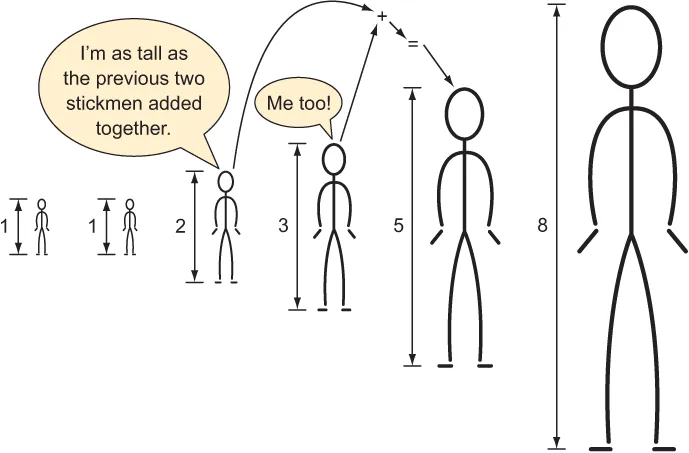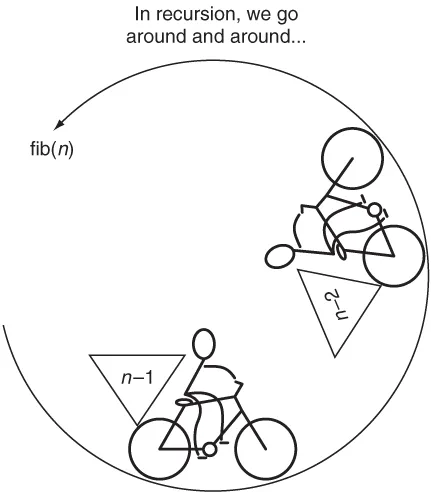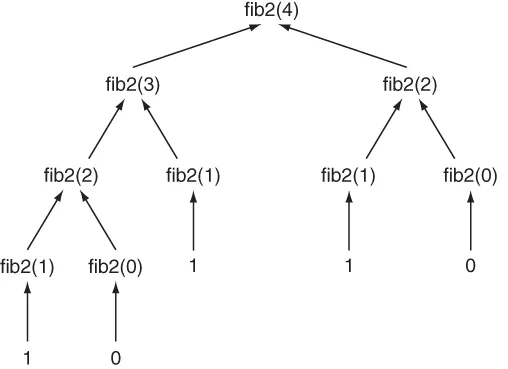
Classic Computer Science Problems in Java
David Kopec
- 264 pages
- English
- ePUB (adapté aux mobiles)
- Disponible sur iOS et Android
Classic Computer Science Problems in Java
David Kopec
À propos de ce livre
Sharpen your coding skills by exploring established computer science problems! Classic Computer Science Problems in Java challenges you with time-tested scenarios and algorithms. Summary
Sharpen your coding skills by exploring established computer science problems! Classic Computer Science Problems in Java challenges you with time-tested scenarios and algorithms. You'll work through a series of exercises based in computer science fundamentals that are designed to improve your software development abilities, improve your understanding of artificial intelligence, and even prepare you to ace an interview. As you work through examples in search, clustering, graphs, and more, you'll remember important things you've forgotten and discover classic solutions to your "new" problems! Purchase of the print book includes a free eBook in PDF, Kindle, and ePub formats from Manning Publications. About the technology
Whatever software development problem you're facing, odds are someone has already uncovered a solution. This book collects the most useful solutions devised, guiding you through a variety of challenges and tried-and-true problem-solving techniques. The principles and algorithms presented here are guaranteed to save you countless hours in project after project. About the book
Classic Computer Science Problems in Java is a master class in computer programming designed around 55 exercises that have been used in computer science classrooms for years. You'll work through hands-on examples as you explore core algorithms, constraint problems, AI applications, and much more. What's inside Recursion, memoization, and bit manipulation
Search, graph, and genetic algorithms
Constraint-satisfaction problems
K-means clustering, neural networks, and adversarial search About the reader
For intermediate Java programmers. About the author
David Kopec is an assistant professor of Computer Science and Innovation at Champlain College in Burlington, Vermont. Table of Contents 1 Small problems
2 Search problems
3 Constraint-satisfaction problems
4 Graph problems
5 Genetic algorithms
6 K-means clustering
7 Fairly simple neural networks
8 Adversarial search
9 Miscellaneous problems
10 Interview with Brian Goetz
Foire aux questions
Informations
1 Small problems
1.1 The Fibonacci sequence
0, 1, 1, 2, 3, 5, 8, 13, 21...
fib(n) = fib(n - 1) + fib(n - 2)
1.1.1 A first recursive attempt

package chapter1; public class Fib1 { // This method will cause a java.lang.StackOverflowError private static int fib1(int n) { return fib1(n - 1) + fib1(n - 2); } public static void main(String[] args) { // Don't run this! System.out.println(fib1(5)); } } Exception in thread "main" java.lang.StackOverflowError

1.1.2 Utilizing base cases
package chapter1; public class Fib2 { private static int fib2(int n) { if (n < 2) { return n; } return fib2(n - 1) + fib2(n - 2); } public static void main(String[] args) { System.out.println(fib2(5)); System.out.println(fib2(10)); } } fib2(4) -> fib2(3), fib2(2) fib2(3) -> fib2(2), fib2(1) fib2(2) -> fib2(1), fib2(0) fib2(2) -> fib2(1), fib2(0) fib2(1) -> 1 fib2(1) -> 1 fib2(1) -> 1 fib2(0) -> 0 fib2(0) -> 0

1.1.3 Memoization to the rescue

package chapter1; import java.util.HashMap; import java.util.Map; public class Fib3 { // Map.of() was introduced in Java 9 but returns // an immutable Map // This creates a map with 0->0 and 1->1 // which represent our base cases static Map<Integer, Integer> memo = new HashMap<>...